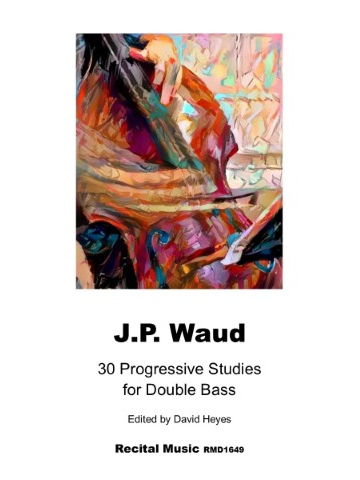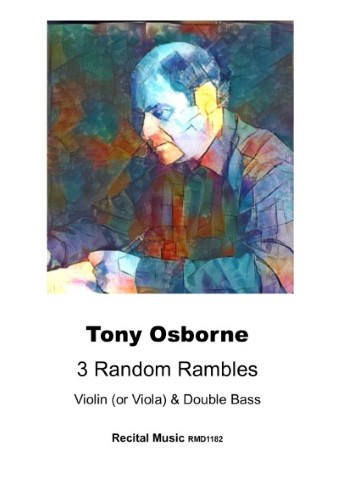Your basket is currently empty!
30 Progressive Studies for Double Bass

Description
These 30 Progressive Studies are taken from J.P. Waud’s Progressive Tutor for the Double Bass, first published by Augener Edition. They are ideal for …the intermediate bassist, remaining in bass clef throughout and employ a range of accessible keys, bowings and articulations across the orchestral register of the instrument
The tutor begins with the rudiments of music after a short preface about the need for good tuition in the early stages of learning.
THE DOUBLE BASS
To become a proficient player on the Double Bass, it is most indispensable to have at the commencement a Master, to show the Student the proper method of holding the Bass, Bow & co, as a wrong method contracted in the beginning is very difficult to get out of, and it depends very much upon the way the Bow is laid upon the strings, with a proper use of the wrist, whether the performer will ever produce an agreeable tone. [J.P. Waud]
As with other tutors published at this time, the instrument is tuned in 4ths and 5ths (G-D-G-D) but apart from a few open string exercises the studies do not extend below low G (3rd string) and can still be played by today’s double bass tuned in 4ths.
ON TUNING THE BASS
The Double Bass, as used in all English Orchestras, is tuned by 4ths and 5ths and by adopting this method of tuning the Student can learn on a 3 or 4 string Bass, as the fingering is exactly the same on the 3rd and 4th strings as on the 1st and 2nd, therefore making this matter very simple. All the great Masters have written their Bass passages down to D below the stave, and it is now the custom in all our Concert Orchestras to tune the 4th string to that note. [J.P. Waud]
The fingering system suggested by Waud is a combination of the German and Italian systems, using 1-4 as whole tone (whole step) and 1-3 or 2-4 for a semitone (half- step).
ON FINGERING
When long holding notes are to be played and a firm grip of the Instrument is required, the whole four fingers can be used for half tones, with the fingers close together; for moving about rapidly, and to save shifting the hand too much, the 1st & 3rd or 2nd & 4th fingers will be found the best. [J.P. Waud]
In the tutor each scale is followed by a number of short studies, ending with 25 Progressive Exercises, to which five studies from earlier in the method have been added. It may be helpful to play the relevant scale and arpeggio before tackling each study.
[David Heyes, July 2025]
R.R.P £8
Our Price £6.40
Shipping Costs: No shipping




